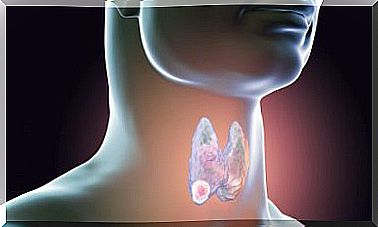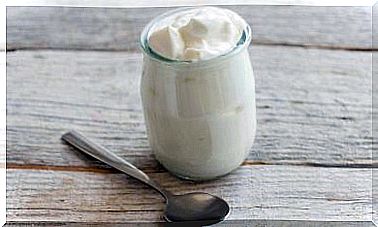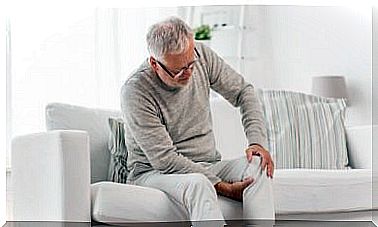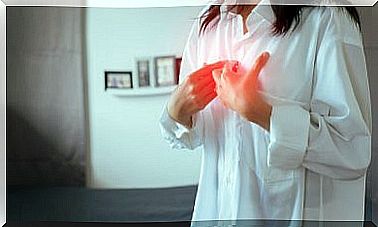Artificial Hearts That Promise To Help Those Without A Donor
A multidisciplinary group of researchers is developing artificial hearts that could be an alternative to heart transplants. What does it consist on? How do they work? This time we want to solve these questions.
Heart transplants
Heart transplants are surgical operations in which a weakened heart, which is not able to perform its function properly, is replaced by a healthy one from a donor.
These are complex operations that involve certain risks, as a vital organ as important as the heart is compromised. This reason, together with the shortage of donors, makes heart transplantation an intervention that is performed as the last option.
For this reason, heart transplants are reserved for those with serious heart conditions , who have not been successful with other types of treatments, such as taking certain medications or other less drastic surgeries.
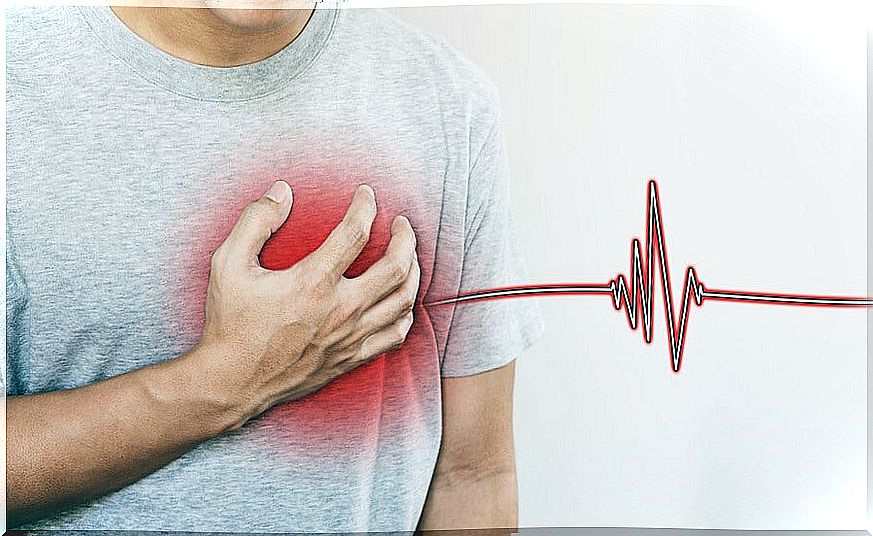
However, heart disease has a high prevalence in the population and is the leading cause of death in many countries. There are many conditions that may ultimately imply the need for a heart transplant, including:
- Coronary diseases
- Ventricular arrhythmias
- Congenital heart defects
- Heart valve disease
- Weaknesses of the heart muscles
All these conditions end up causing a great weakening of the heart, which ends up culminating in heart failure. In this disease, the heart continues to pump blood, however it does so so weakly that it is not able to distribute a sufficient volume of blood throughout the body.
Factors to consider in heart transplants
The lack of availability of organs for transplantation means that the process of selecting the optimal candidate for transplantation is carefully studied. Thus, there are certain factors to take into account when choosing the ideal candidate.
Aspects such as advanced age, the existence of other types of diseases or alcoholism and smoking, can prevent the affected person from receiving a heart transplant. In many of these cases, the patient is left without treatment options.
Artificial heart valves
For those who cannot have a heart transplant, the development of artificial ventricular assist devices was a fantastic option.
Ventricular assist devices are mechanical pumps that are implanted in the chest and connected to the heart. Its function is to transmit electrical impulses that help the heart to pump correctly and with more force.
However, this type of treatment is usually a temporary option. It is often given as a pretreatment while waiting for a heart transplant.
Artificial hearts
For all those cases mentioned above, in which the transplantation of a donor heart is not an option, the idea of artificial hearts that can replace a damaged heart is highly encouraging.
In this context, research from the Oregon Health and Science University (OHSU) seemed to show that this optimistic future was closer than it seemed.
Already at the time, the OHSU was the first to develop an artificial heart valve. Now, he continues to do research in the field of heart transplants, bringing together a group of scientists from various fields.
Thus, a research team made up of engineers, doctors and researchers, managed to develop a fully artificial prosthetic heart, with which they seemed to achieve promising results.
Artificial hearts: what do they consist of?
The prosthesis would consist of two artificial titanium ventricles. These have a mechanism that would allow the movement of blood, driving it towards the body. The “heart” would have a control device and a battery. This should be carried in your pocket, but it is expected that in the future it will be transplantable, under the skin.
The simple design of the prosthesis is precisely its best advantage. Due to its small number of parts and the absence of valves, there are fewer items that could break down and fail.
Currently, the group has two prototypes. The first is intended for heart transplantation in large animals, such as cows. The other is intended for transplants of small organs, such as sheep. The latter would be of a size suitable for transplantation into humans.
Likewise, several clinical tests were carried out in animals, which responded well to transplantation. Of course, these promising results have prompted research, which is expected to be implemented in humans in no time.
